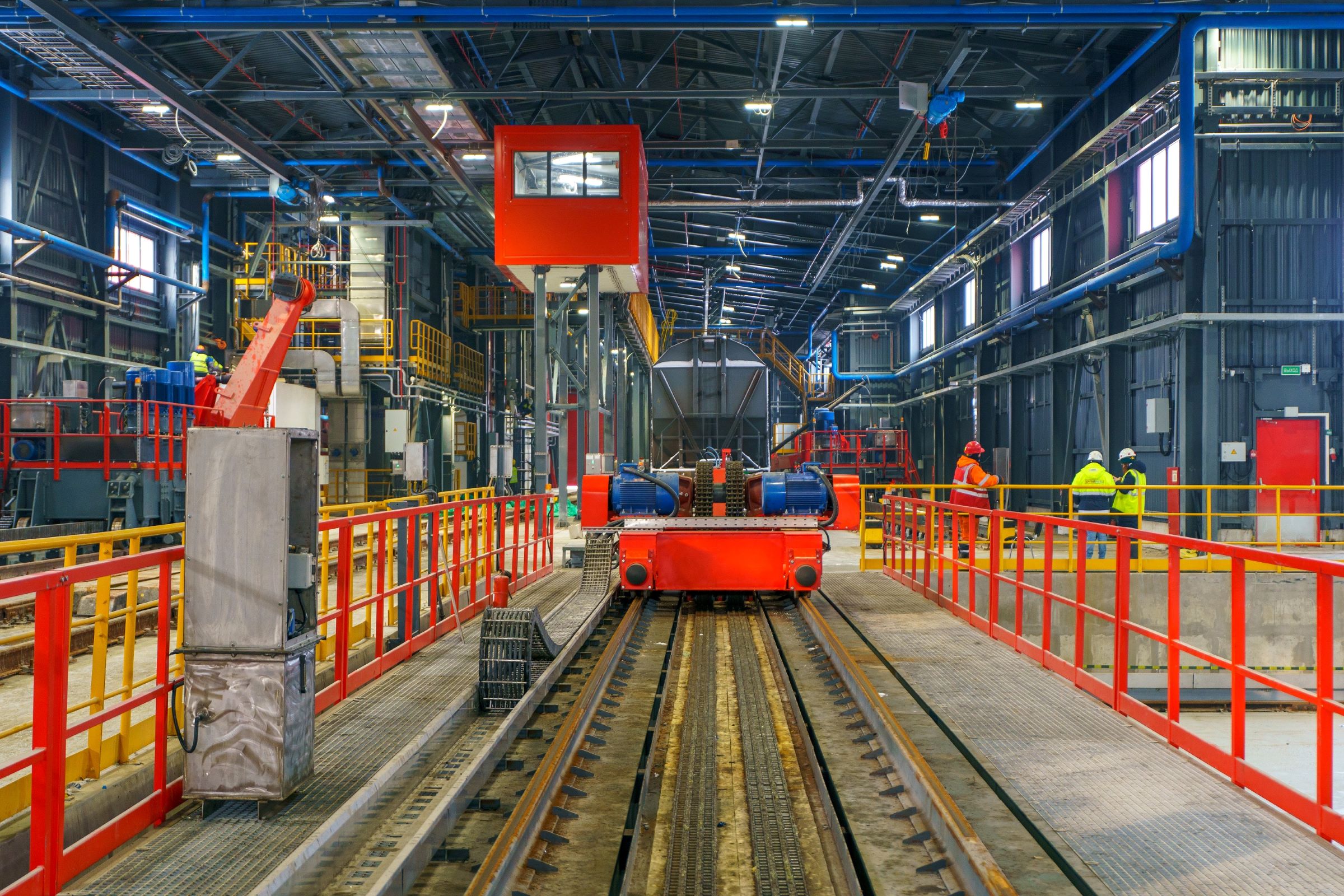
News
20 March 2025
Global Ports Commissions Bulk Cargo Handling Facility at Petrolesport
 Global Ports, Russia’s leading operator of marine container terminals, part of Delo Group, has launched a facility for handling of bulk cargoes using container technology in the Big Port of St. Petersburg. The new facility was constructed at Petrolesport marine multifunctional Terminal (PLP, part of Global Ports) and has a throughput capacity of 2.4 million tons per year.
Global Ports, Russia’s leading operator of marine container terminals, part of Delo Group, has launched a facility for handling of bulk cargoes using container technology in the Big Port of St. Petersburg. The new facility was constructed at Petrolesport marine multifunctional Terminal (PLP, part of Global Ports) and has a throughput capacity of 2.4 million tons per year. The new capacity will enable Global Ports' customers to enhance efficiency and increase export shipments of domestic products through the Russian Baltic. This is especially important for chemical companies in the north-western and central parts of the country, in particular producers of mineral fertilizers.
The facility is unique for Big Port of St. Petersburg in terms of infrastructure and cargo handling technology. It includes a rail hopper wagons unloading station (WUS), as well as elevator and conveyor systems for handling of bulk cargo into specialized containers. The station is capable of handling two railway trains simultaneously.
The handling technology includes several stages. Cargo from the manufacturing plants arrives in hopper cars at PLP. At WUS it is unloaded from the rolling stock into the receiving chamber under gravity. From there it is conveyed through a system of conveyors to the elevator and then to the dosing hoppers. Specialized containers are delivered to the hoppers as part of road trains, the cargo is poured into them through technological “sleeves”. Empty railcars are sent back to the plant, and loaded containers are sent to storage yards at the port. There they are stored until the vessel batch is accumulated. Handling into the vessel hold is carried out using container technology directly from special containers.
The area of the new facility is more than 4.5 thousand square meters. To launch it, 4 km of additional railway tracks were laid at the terminal. Practically all the technological equipment in the facility is of domestic production. As a result of the project, 80 new workplaces were created at the terminal.
Global Ports is consistently increasing handling of non-containerized cargo: in 2024, terminals of the holding handled a record 6.6 million tons. Mineral fertilizers accounted for a significant share of this volume. With the launch of WUS, Russian fertilizer producers will be able to make up for shortfall of stevedoring services for shipments abroad. < Back to list